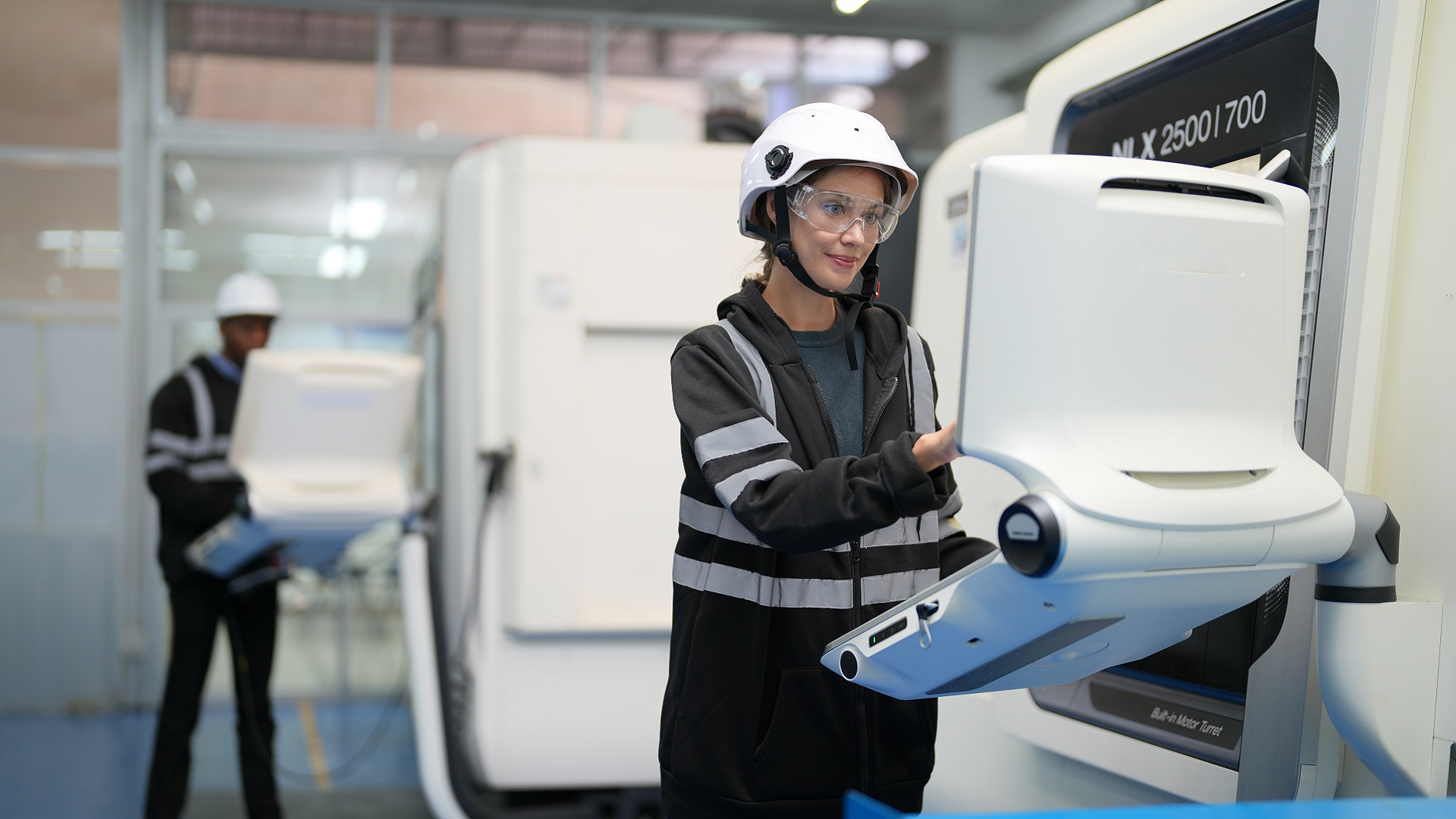Manufacturing has always been a complex and challenging industry. From production planning to quality control, there are many moving parts that require attention to detail, collaboration, and optimization to ensure smooth operations and high-quality outputs. Fortunately, advances in software technology have made it possible to address many of the challenges faced by manufacturers today.
Below are a few examples of the most common manufacturing challenges and how software can help overcome them.
Production planning and scheduling
Production planning and scheduling can be a daunting task, especially for manufacturers dealing with a high volume of orders and multiple production lines. The process involves coordinating raw materials, labor and equipment to ensure that production runs smoothly and efficiently. However, unexpected changes in demand or supply chain disruptions can easily throw off the entire schedule, leading to delays, waste, and lost revenue.
Manufacturing software can help with production planning and scheduling by providing real-time visibility into production data and capacity. By leveraging machine learning algorithms and predictive analytics, manufacturers can optimize their production schedules, reduce waste and minimize downtime. Advanced planning and scheduling software can also help manufacturers automate routine tasks, such as creating work orders and tracking inventory levels, freeing up time for more strategic decision-making.
Quality control
Like other areas, quality control has become a formal discipline in the modern manufacturing era, with Deming’s work and Six Sigma among notable approaches, historically and practically. How we define quality in terms of manufacturing is a complex subject itself. However, implicit in the concept of quality control for modern manufacturing processes is the ability to take meaningful measurements, collecting the “right” data during the prototype, testing, production and distribution phases of manufacturing.
Software for quality control then benefits from the ability to not only collect vast amounts of data in real time, but be programmed to derive meaningful defined analyses, as with statistical process control. Next, software can collate the results from diverse analyses, weighing the contribution of each area to any ongoing manufacturing issues, as well as total product quality. Examples include sample variation, defect rates and speed of manufacture, as well as consumer complaints and warranty experience.
Inventory management
If an army marches on its stomach, modern manufacturing can be said to a great extent to march on its inventory. Manufacturers will have multiple inventory or staging areas, which may include raw supplies, equipment, parts and finished goods. Within any one staging area, inventory may be further categorized according to uses, whether supply levels tend to be regular or fluctuate depending on internal just-in-time manufacturing stages or with external orders.
Among many functions, today’s inventory management software can then help with tracking levels of raw materials, as well as manufactured products at different stages of assembly; coordinate the intra- and inter-facility “ordering” and transfer of goods that is integral to modern manufacturing; and conduct real-time audits of supply levels.
Supply chain management
As we know, supply chain management is intimately related to inventory management just discussed. The automotive industry has been one of the leaders of modern supply chain management. Principles and practices employed have included inventory support of just-in-time manufacturing, as well as the physical clustering of automotive suppliers to facilitate movement of goods, including heavy or bulky items, through the fabrication process.
The pandemic did exacerbate some stresses and strains, including potential structural principles, in the global supply chain. However, the basic premises for getting goods from business to business, and from business to consumer, are sound and essential to modern commerce. We will learn from this experience and refine our approaches.
These challenges will further serve to promote the role of manufacturing software in real-time supply chain management. By leveraging data analytics and machine learning algorithms, manufacturers can predict potential supply chain disruptions and take corrective action before they occur. Supply chain management software can also help with inventory optimization, demand forecasting, and transportation planning, enabling manufacturers to operate more efficiently and effectively.
Putting it all together
Of note, in addition to the complexity and power of task specific applications detailed above, Industry 4.0 has catalyzed the advent of cloud-based software available as a service.
Advantages include the transfer of many capital costs to vendors, including the expensive process of developing applications; simultaneous and coordinated access by manufacturing software to multiple locations in real time; and the ability for near continuous software updates, error correction and data analytics. These trends are extremely advantageous for smaller entities and do help level the technology playing field.
Areas of special concern include cybersecurity, purchasing and implementation.
While cybersecurity is a complex matter that merits separate discussion, it is worth noting that as we add more software applications to our manufacturing arsenal, so increases the potential for both internal and external data breaches or ransomware attacks.
Next, there are many vendors in this space, offering a large number and variety of applications to monitor and control manufacturing processes and related functions. The potential for crosstalk and redundancy is great. For smaller entities, in particular, it may be helpful to work with an IT consultant who can help identify application needs and negotiate software selection. Too much technology can be just as great an impediment to smooth and profitable operations, as too little.
This leads to the last point: implementation. While software as a service has reduced the investment costs in manufacturing software, staff acceptance and training capabilities and costs remain substantial issues as our reliance on complex manufacturing software continues to grow.
Regardless, exercising some of the cautions just mentioned, modern software clearly plays an essential role in advancing manufacturing pace and quality, intelligent use of highly skilled labor, and our global competitiveness.
Sign up today for a free Essential Membership to Automation Alley to keep your finger on the pulse of digital transformation in Michigan and beyond.
Mike Szudarek leads Marx Layne & Company’s automotive practice and has more than two decades of experience counseling clients in the automotive and technology sectors. He previously served with a Fortune 500 company and has been on both the corporate and agency side of the communications business, understanding first-hand the many issues and challenges businesses face. He has experience working with OEMs, Tier 1 suppliers, and aftermarket industries, in addition to a specialization in mobility and autonomous driving. Szudarek holds memberships with the Automotive Press Association and the Public Relations Society of America. Marx Layne & Company has over three decades of experience guiding businesses large and small through crises.




